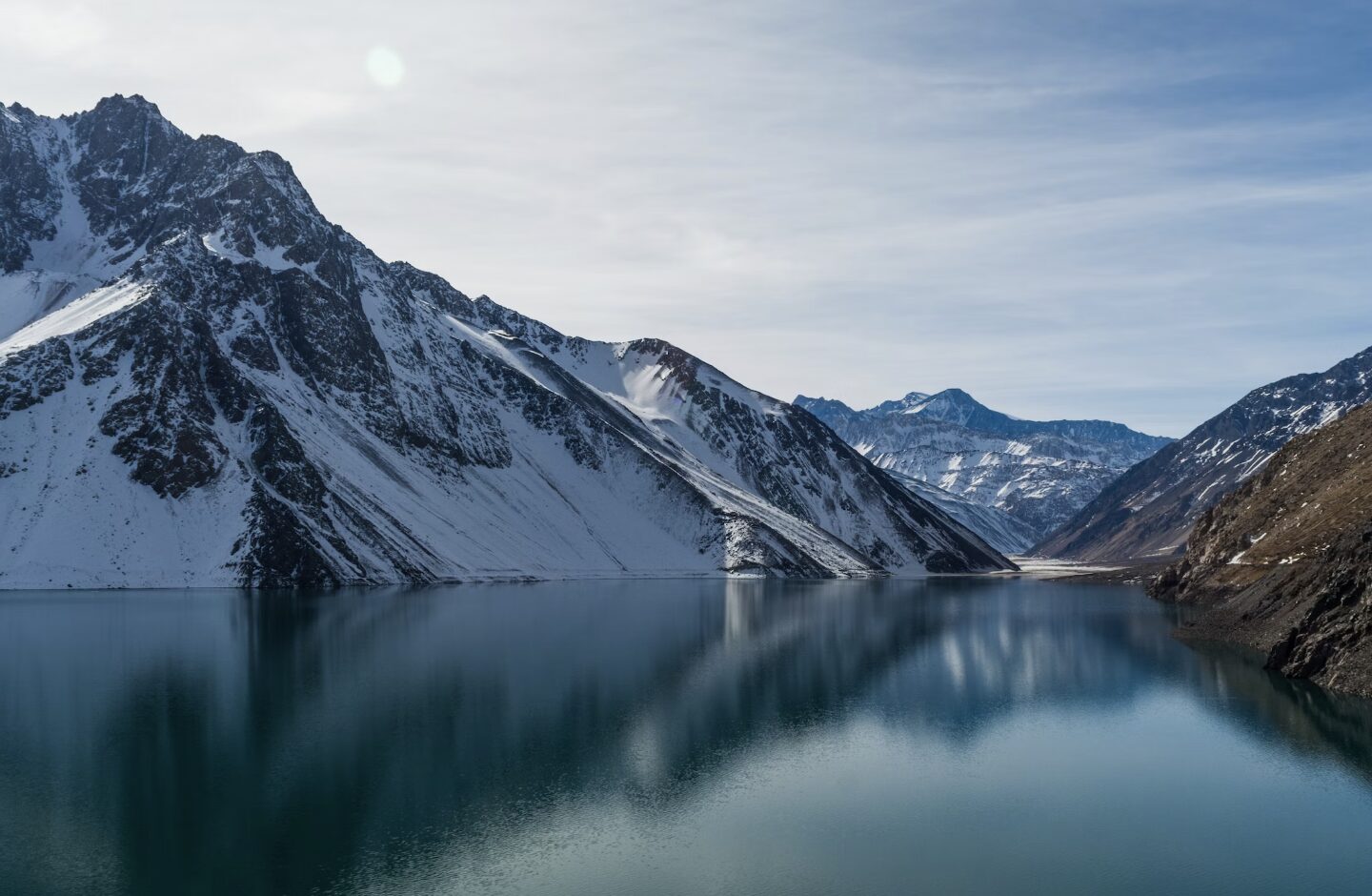Adaptation to climate change in the Andes

Summary
Mountain regions are particularly sensitive to climate change – often temperatures are increasing at rates above the global average, leading to rapidly melting glaciers, extreme events such as floods and landslides, and threatening the long term supply of water for municipalities, agriculture, energy and industry. Mountain regions are also important for their biological diversity and sensitivity, where small climate changes can lead to significant impacts on species’ habitat. In light of these challenges, mountainous countries and regions are taking action to adapt their populations to climate change, and to build resilience through technological, social and institutional actions, notably through building partnerships across political borders.
This video is part of a series*, drawing attention to climate adaptation actions that can be taken in mountain regions. Featuring Ms. Milagro Sandoval Díaz from the Ministry of Environment in Peru, we hear about how the Andean region is adapting to climate change through National Adaptation Plans and Nationally Determined Contributions (NDCs). Adaptation measures include early warning systems, resilient infrastructure and the development of river basin plans. International cooperation is essential for ensuring food and water security, as the Andes range extends across seven South American countries.
*This video was made with the support of Kaosmovies. Check out the rest of the series, which explores climate change challenges and adaptation in the context of the Hindu Kush Himalaya, East Africa, and the Swiss Alps.
Further resources
- SUGGESTED CITATION:Adaptation at Altitude (2023). Adaptation to Climate Change in the Andes. Accessible at: https://vimeo.com/854736305/7757ed079e?share=copy
Related resources
- Irreversible changing climate in alpine Switzerland: Can we adapt?
- Protecting the ‘Water Tower’ of Asia: The Future of the Hindu Kush Himalaya
- Andes Resilientes al Cambio Climático Project (Resilient Andes to Climate Change)
- Long-Term Social-Ecological Monitoring in the Andes: How are we doing?
- Los Andes Después del Hielo: El Último Glaciar de Venezuela | The Andes after ice: The last Venezuelan Glacier
(0) Comments
There is no content